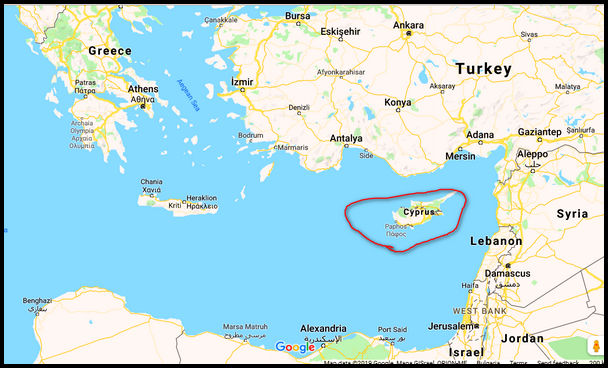 18 Surprising Facts about Cyprus
18 Surprising Facts about Cyprus
The Republic of Cyprus is a small independent Mediterranean island nation situated in the far eastern Mediterranean Sea. It lies just off the southern coast of Turkey and the western coasts of Syria & Lebanon.
I arrived in Cyprus at the tail-end of 2019 and will be exploring this hilly island for six weeks in total before flying off to Istanbul, Turkey in early February.

visiting the cat sanctuary in Cyprus
I’ve been here three weeks already, with nearly three weeks more to go. Between my explorations of the island and the research I did before arriving, I’ve learned many interesting – some quite surprising – things about Cyprus.
This intriguing info also serve as a great introduction to the country.
Without further ado, here are 18 surprising facts about Cyprus:
1. Cyprus is the third largest island in the Mediterranean Sea, slightly smaller than the Italian islands of Sicily and Sardinia.
2. Cyprus is also the third most populous Mediterranean island.
3. Cyprus is considered a European country and joined the EU in 2004. Their currency is the Euro.
4. Cyprus gained its independence from England in 1960 after a rather long British rule as a ‘Crown Colony’ that began in 1878, immediately after the Ottoman Turks were expelled from the island.
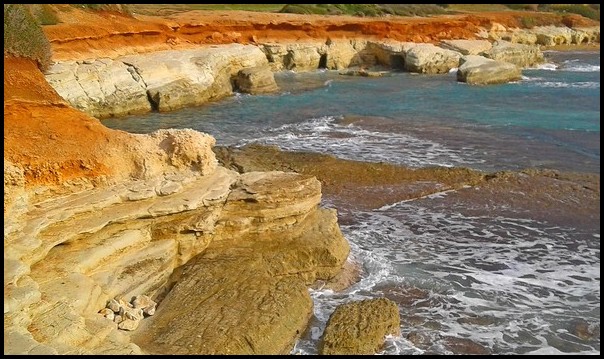 5. To this day, Cyprus is still part of the British Commonwealth, much like Canada and Australia.
5. To this day, Cyprus is still part of the British Commonwealth, much like Canada and Australia.
6. Two tiny slices of land on the southern coast of Cyprus are still owned by England.
They are known as the ‘Sovereign Base Areas of Akrotiri and Dhekelia’. Both regions contain military bases, residential areas and farmland. Akrotiri is situated just west of Limassol while Dhekelia is located just east of Larnaca.
7. Perhaps not surprisingly, many British citizens live and vacation on Cyprus. There are several large ex-pat British communites scattered around the island, particularly in the southern Greek region.
8, Today Cyprus is a major Mediterranean tourist destination, particularly for British and European vacationers. The island’s main draws are its many beaches (now mostly excessively developed) and its many important historical & archaeological sites.
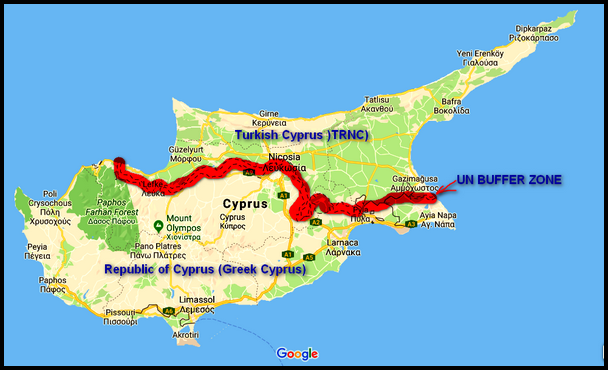
9. Since 1974 the island has been divided into two distinct regions – the southern Greek Cyprus (the official Republic of Cyprus), which takes up about 60% of the land area, and the northern Turkish Cyprus (TRNC), taking up nearly 40% of the island.
10. The authority of the Turkish section of Cyprus is under dispute internationally.
The Turks actually invaded the primarily Greek island in 1974 and then refused to withdraw. Turkey considers the area a part of Turkey, but most of the rest of the world does not recognize Turkish authority of the land.
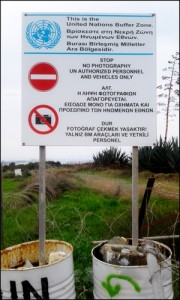
11. As a result of the dispute, there is in place a permanent UN peace-keeping force and a 2-km-wide Buffer Zone that separates the northern Turkish section of Cyprus from the southern Greek region of the island. This no-go zone takes up 4% of the island’s territory.
12. Cyprus is a hilly island with high central mountains sloping down to the coast in all directions. The island has a temperate Mediterranean climate with mild winters (for Europe) averaging highs of 13-17C / high 50s – mid 60s F and very hot dry summers with temperatures in the 40sC / mid-90s to 100sF.
13. Archaeologists have found evidence of human settlements on Cyprus dating back to 10,000 BC! That’s 12,000 years ago!
14. Like most countries in Eastern Europe and the Balkans, Cyprus was inhabited by a long roster of different empires over the centuries.
One of the oldest was the Pre-historic Chalcolithic tribe who lived in small villages of round clay houses between 3500-2500 BC. Other empires who conquered and ruled the island include the Greeks, Assyrians, Egyptians, Persians, Romans, Byzantines, French, Ottoman Turks and the British.
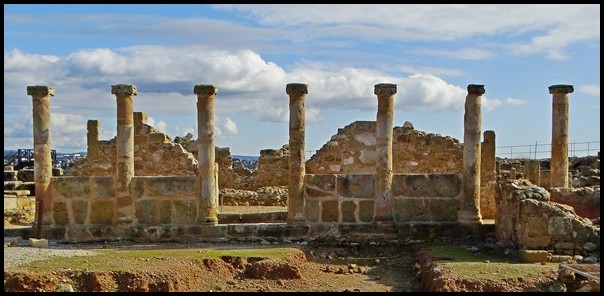
UNESCO Archeaological Site in Paphos
15. As a result of the island’s long complex history, Cyprus is filled with important archaeological sites and historic buildings constructed by various cultures, many of which are UNESCO World Heritage Sites.
16. Cyprus is reputed to be the birthplace of the Goddess Aphrodite!
Several sites around the island showcase places where the sensual goddess was supposedly born, bathed, lived and enjoyed various activities. Among the most famous spots are the Aphrodite Waterfalls, set inland in forested moutntains, and Aphrodite Rocks on the southern coast.
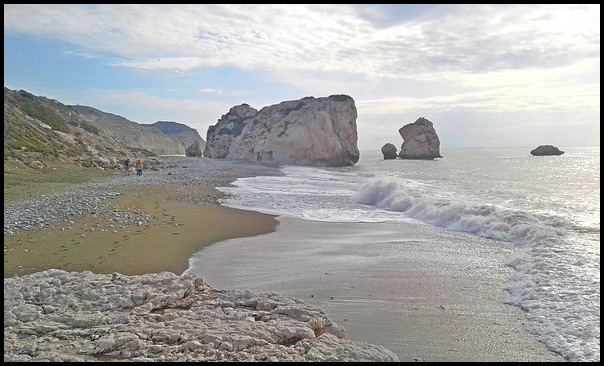
17. The Troodos Mountains are so high that they receive annual snowfall and there’s a ski resort with a yearly ski season in winter. It’s pretty amazing that you can drive from the coast, with spring-like weather, up to Troodos Mountains in about 1-1.5 hours and find yourself in rather deep snow!
18. As a result of the island’s long complex history, Cyprus is filled with important archeaological sites and historic buildings constructed by various cultures, many of which are UNESCO World Heritage Sites.
You might also like:
17 Surprising Facts about Montenegro
LashWorldTour 2020 Travel Plans
==================================================

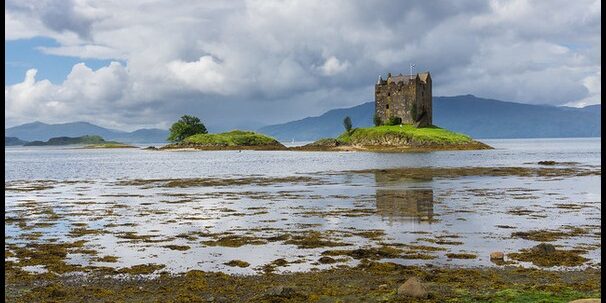


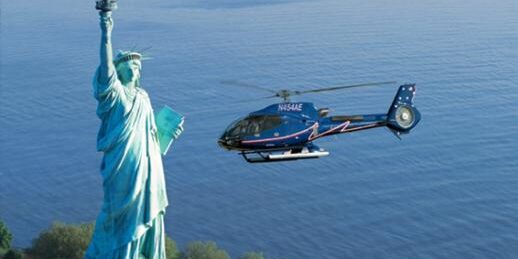







 Hi! I'm Lash, an American nomadic world traveler who's been traveling solo since 1998. I’m passionate about traveling the world nomadically and then sharing it all with you. I hope to inspire you to travel the world, to entertain you with tales from the road, and to help you reach your travel dreams. Welcome!
Hi! I'm Lash, an American nomadic world traveler who's been traveling solo since 1998. I’m passionate about traveling the world nomadically and then sharing it all with you. I hope to inspire you to travel the world, to entertain you with tales from the road, and to help you reach your travel dreams. Welcome! 




4 pings
My First Impressions of Cyprus - LashWorldTour
2020/01/30 at 6:01 pm (UTC 8) Link to this comment
[…] « 18 Surprising Facts about Cyprus […]
Cost of Budget Travel in Cyprus in 2020 - LashWorldTour
2020/02/12 at 5:31 pm (UTC 8) Link to this comment
[…] 18 Surprsing Facts about Cyprus […]
17 Best places to Visit in Cyprus - LashWorldTour
2020/08/27 at 7:46 pm (UTC 8) Link to this comment
[…] 18 Surprising Facts about Cyprus […]
My 12 Best Articles of 2020 on LashWorldTour - LashWorldTour
2021/01/26 at 9:09 pm (UTC 8) Link to this comment
[…] 1. 18 Surprising Facts about Cyprus […]